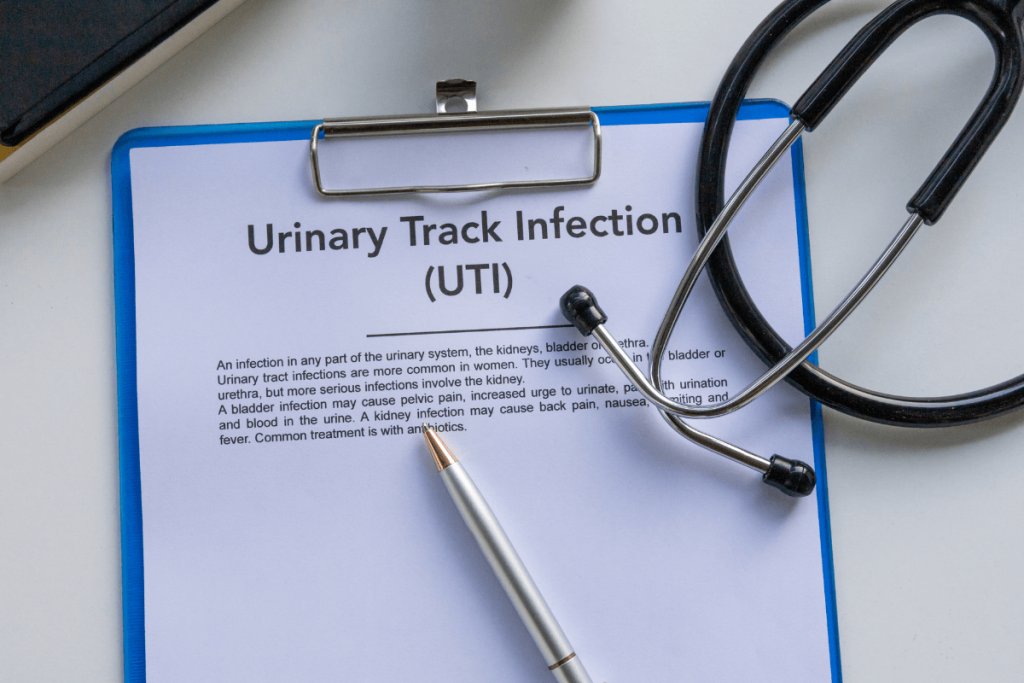
Urinary tract infections (UTIs), specifically cystitis, are a prevalent global issue. UTIs are often benign; a recent study suggests they can serve as a clinical marker for underlying cancers. Earlier studies have focused on severe infection, which leaves uncertainty about the link between acute cystitis in primary healthcare and cancer risk. The overlapping symptoms of urogenital cancer and cystitis can lead to misdiagnosis or be a risk factor for infection.
This study aims to evaluate the link between risk of subsequent urogenital cancer and acute cystitis in adults aged 50 years and older, with a specific focus on sex specific patterns, primary care data, and follow-up period.
This study included 605,557 adults aged≥50 years and diagnosed with cystitis from 2001 to 2018, of whom 91.3% were managed in the primary healthcare setting. Data was collected by linking many high-quality national registers, which include sociodemographic, healthcare, and cancer registries, by using pseudonymised personal identification numbers. It ensures near-complete population coverage and minimum loss of follow-up. The primary result was the rate of urogenital cancers following cystitis differentiated by sex, cancer type, age group, and infection period. Standardised incidence ratios (SIRs) were determined by comparing observed cancer cases in the cystitis cohort to expected cases in the general population. The mean follow-up time was extended beyond 12 years, which allows the assessment of both long- and short-term cancer risk.
About 57,882 females and 199,144 males were diagnosed with urogenital cancer. The subsequent cases of cystitis were 24,137. The most common cancer types were bladder and prostate cancer. The urogenital cancer risk was increased in all age groups of females and males with cystitis. The risk was high in 3 months of follow-up and continuous for many years for most cancer types. In 3 months, bladder cancer had an SIR of 33.69 (95% confidence interval [CI]: 32.02 to 35.43) in males and 30 (95% CI: 28.02 to 32.09) in females, which led to 483.72 and 96.00 more cancer rates/10,000 person-years, respectively. Prostate cancer has an SIR of 7.05 (95% CI: 6.74 to 7.37) and a higher cancer rate of 550.88/10,000 person-years in 3 to 12 months of follow-up periods. The SIR for kidney cancer was 7.72 for females and 11.28 for males. The SIRs were from 4 to 8 for gynaecological cancers. There are some correlations observed in cystitis and sex with respect to the risk of urogenital cancer.
This study found a link between acute cystitis and increased risks of bladder and prostate cancers following UTIs. It used a large sample size, long follow-up, population-based design, and primary healthcare data, which provided strong evidence with high external validity. Limitations included the lack of microbiological or symptom-level data, potential residual confounding from lifestyle factors, and detection bias. The temporal pattern of increased risk in the first three months and persistence beyond a year supports the biological link. The study suggests that cystitis infections could serve as clinical markers for urogenital cancer detection. The findings emphasize the need for increased vigilance among healthcare providers, especially in adults aged ≥50 years presenting with cystitis. The data suggest incorporating cystitis as a trigger for targeted diagnostic strategies in cancer detection pathways.
This study shows that acute cystitis in adults aged 50 years and above is associated with an elevated risk of urogenital cancer, specifically bladder and prostate cancer. The risk is high in the first 3 months after diagnosis. This suggests cystitis can be an early clinical marker for the occult malignancy. Although risks reduce over time, the fact that certain malignancies remain for more than a year shows that cystitis has the potential to be an early cancer detection indication.
Reference: Jansåker F, Li X, Sundquist K. Acute cystitis and subsequent risk of urogenital cancer: a national cohort study from Sweden. BMJ Public Health. 2025;3:e002495. doi:10.1136/bmjph-2024-002495












